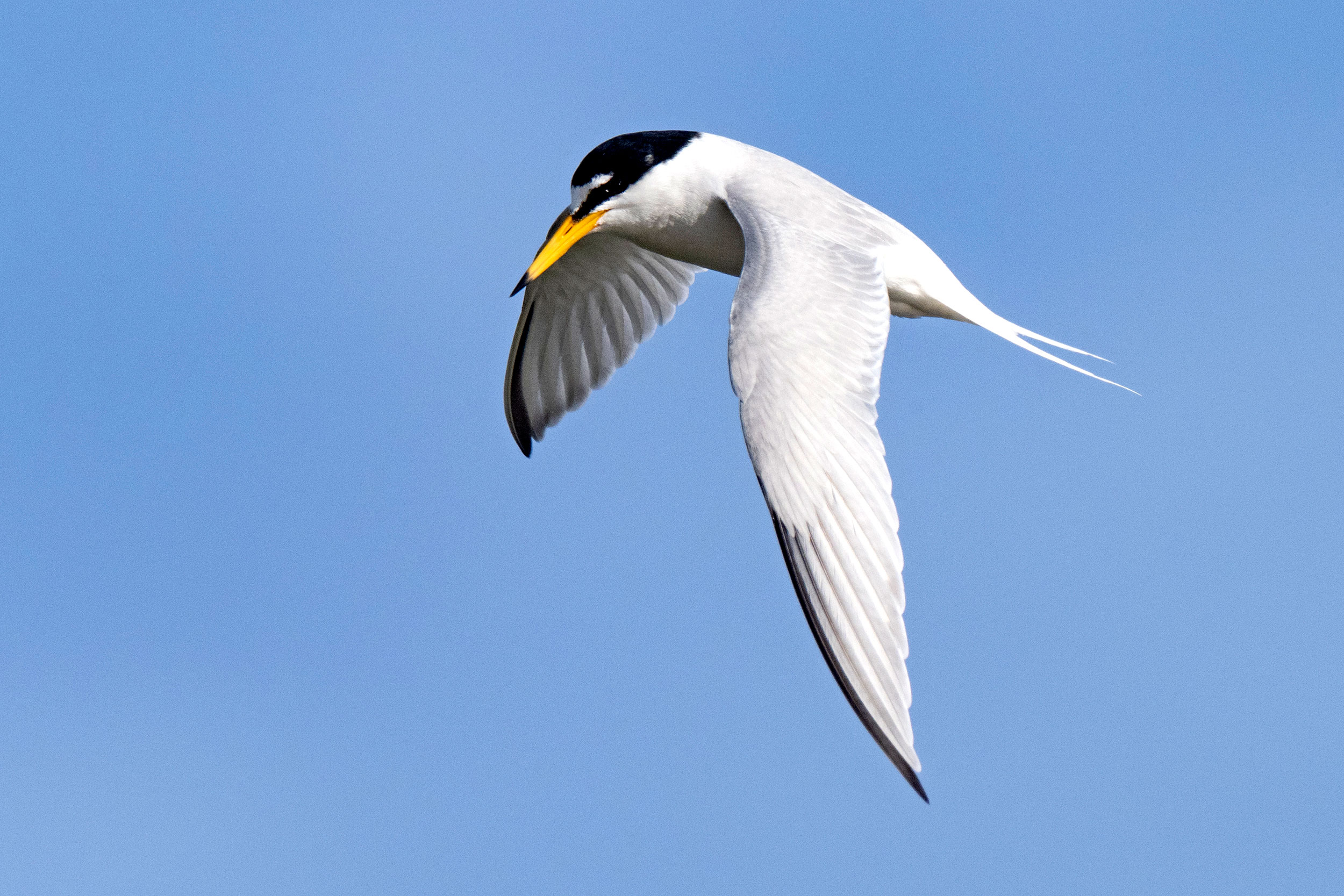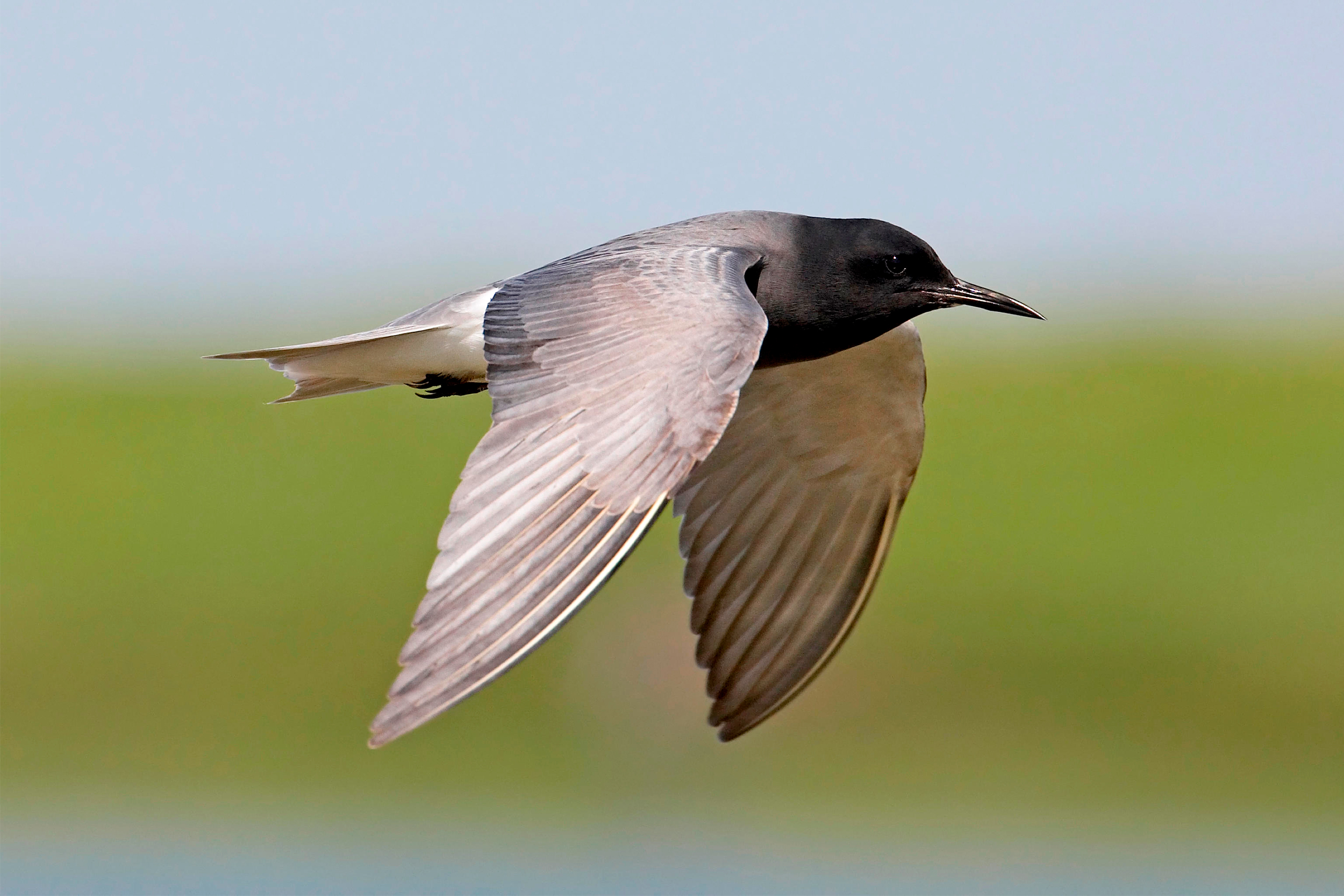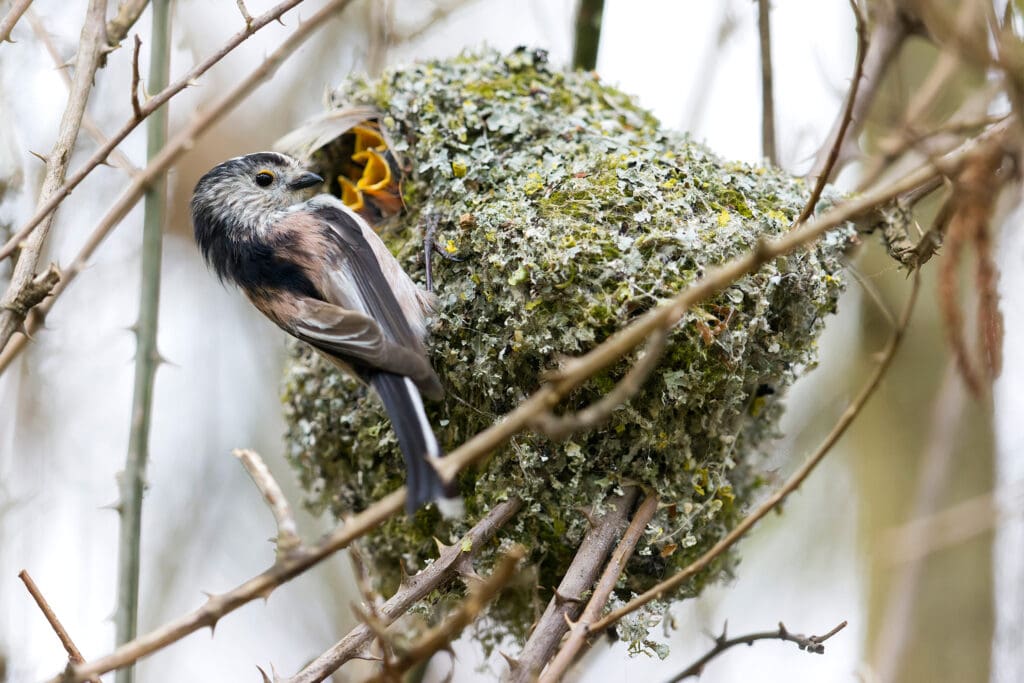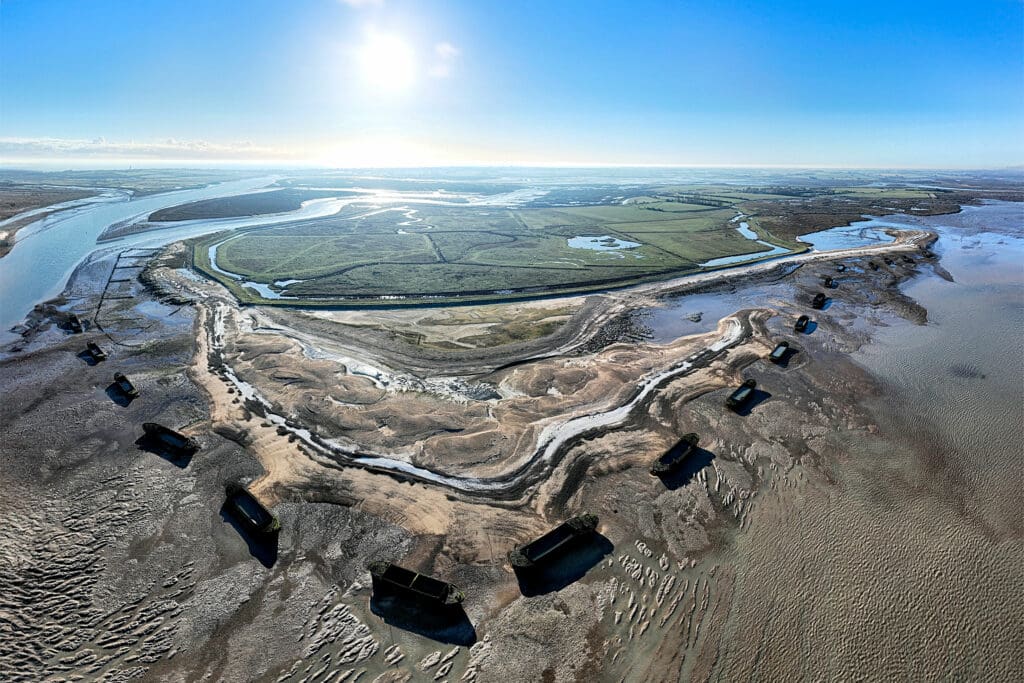Wildlife challenge
Terns
Three to spot

Common Tern. Photo: Paul Sawer (rspb-images.com)
Easy to find
Common Tern
Length 31–35cm
Wingspan 77–98cm
Also known as the ‘sea swallow’, Common Terns can be found both on the coast and inland waters. Males and females are identical with a black cap, black-tipped red bill and pale grey upper wings. Colonies are noisy with their short ‘kit’ call.

Little Tern. Photo: David Tipling (rspb-images.com)
Tricky to find
Little Tern
Length 22–24cm
Wingspan 48–55cm
The Little Tern is our smallest tern. With a black cap, white forehead and bright yellow beak with a black tip, these chatty birds are exclusively coastal with the largest colonies found along England’s east coast and north Wales. Listen out for their ‘kr’riet’ calls.

Black Tern. Photo: Nature Picture Library (Alamy Stock Photo)
Lucky to find
Black Tern
Length 22–24cm
Wingspan 64–68cm
Unlike the others, the Black Tern has a very dark, smoky grey body with grey wings and an all-black head. A rare passage migrant that can turn up anywhere from freshwater lakes, gravel pits and reservoirs. Look out for dark legs and white undertail.
You might also like

Identifying birds’ nests

Wildlife in flight


